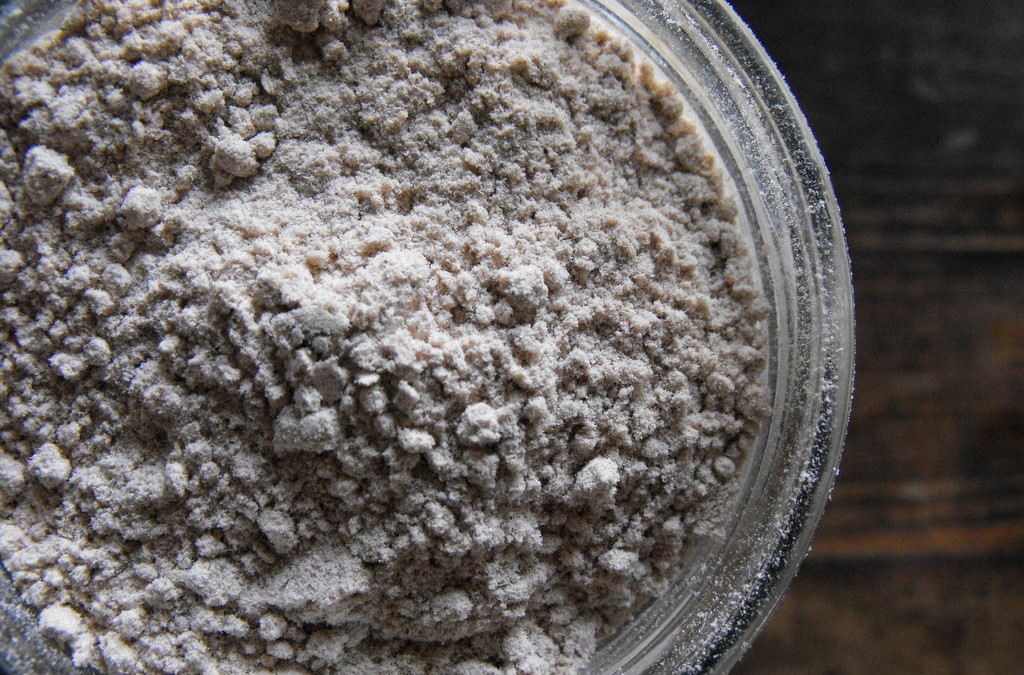Reflux, IBS symptoms, dry – irritating cough … I’m sure you know at least one person who suffering from one of these pesky problems. Slippery elm may be the missing tool from your diet.
When these common problems appear, we generally think to visit the Doctor or pharmacist for medication. Although medication can provide relief and suppression, they also come with a long list of side effects and not to mention the damage they may cause with long-term use.
It is extremely important to get a professional diagnosis with any presenting problem, however I feel it is important for people to know other options – natural options, they can choose from.
Natural alternatives can be more cost-efficient, and generally have little to no side effects – being much more kind to your body. If there is one herb I can recommend to always have in your kitchen pantry, it’s slippery elm. Not only can it be highly effective in reducing severity and frequency of symptoms, it is a great natural preventative.
What Makes Slippery Elm So Fantastic?
Its powerful actions are found in the inner bark. Where it contains mucilaginous components that are hydrophilic (water-loving) structures. This means that its structures are capable of trapping water, causing them to swell and increase in size. This will then develop a gel like consistency. Once a gel is formed it acts as a band-aid, protecting the mucosal surface as well as exerting a mild antiinflammatory action. These protective and anti-inflammatory properties can be used both internally and externally on the body.
What Can It Do For You?
Gastrointestinal Symptoms: When taken internally, the demulcent action can reduce symptoms of:
- Gastric reflux
- Peptic ulcers
- Irritable bowl syndrome (IBS)
- Crohn’s disease
- Ulcerative Colitis.
Due to Slippery elms tannin content, it may be useful for diarrhea. It works by tightening and constricting tissues – exerting an astringent action. This is NOT to be used where bacterial infections are indicated.
Antitussive: The gel substance creates a coating along the throat lining, calming and soothing the irritation of a dry cough. Avoid use with a chesty or productive cough.
Mild Anti-inflammatory: The antioxidant content assists by reducing inflammation of the bowel.
Soothing irritated and inflamed tissue: The demulcent action coats the surface of mucous membranes or sores.
Nutritive demulcent: Slippery elm contains many nutritional factors including calcium, iron, vitamin C, thiamine, zinc, magnesium and potassium, making it an excellent herb to use during convalescence.
Dermatitis and Wounds: Slippery elm can also be used as a topical agent due to its protective gel-like barrier. It soothes irritated or inflamed skin, burns and wounds.
Indications:
- Irritable Bowel Syndrome (IBS)
- Crohn’s disease
- Ulcerative Colitis
- Diarrhea
- Applied topically for skin conditions: wounds, psoriasis, burns, boils
- Dry-irritating cough
How Do I Use It?
Internal use: Add half a teaspoon of slippery elm powder to 1 cup of warm water and stir well for 1 minute before consuming – the mixture should thicken up slightly. You can add a pinch of cinnamon or nutmeg to enhance to flavor.
- For stomach and upper intestinal problems such as reflux or stomach ulcers, it is best taken after meals.
- For lower intestinal/bowel problems, slippery elm is most effective taken 1-2 hours before meals.
- Can be taken up to 3 times per day for dry irritating coughs. It is most effective when taken in-between meals.
Where Can I Buy It?
You can purchase Slippery elm from any healthy food shop, I have also started to see it in some supermarkets, found in the health food section. It usually costs around the $14 mark, and because you only require a small amount per dose, it should last you quiet a long time.
Warnings
Due to the internal barrier formed over the gastrointestinal lining, it may interfere with absorption of pharmaceutical medication and nutrients. Take slippery elm 2 hours before or after any medications or supplements. Check with your professional practitioner if you are on any medication.
Children: Consult your healthcare practitioner before use
Slippery elm is intended for short-termed use only.


Hi Suzie,
I tried slippery elm today for the first time in an attempt to soothe my chronically inflamed gut. I had read online suggestions about taking it 2 hours before or after a meal, so that’s what I did, only to experience an increase in the inflammation of my stomach (low-grade burning, then after an hour my stomach felt tight & constricting)—not something I was expecting from slippery elm! I then ate some food and eventually it improved.
I then went looking online for information about this reaction and came across your article above. The differences you have described about when to take it are very interesting! Perhaps if I had of taken it after my meal while I still had food in my stomach I may not have had the reaction I did. I wasn’t going to try it again but now that I have your article I will wait a few days then try it again immediately after food.
Have you heard of other people with my reaction? The only information I can find about slippery elm is that it soothes, which is why I had high hopes in using it.
Thanks for the article.
Hello! There may be a number of reasons why your body reacted this way to the slippery elm. Unless you have a proper diagnosis as to why your gut is inflamed, it can make it tricky to work out the best time to take it or why you are reacting to it. Slippery elm can work wonders for the right circumstances, but if it’s causing you more pain that’s not a good sign. You could try a lower dose after a meal to see if it causes the same reaction, if it does then I would suggest seeing a Doctor or a Health Practitioner to dig a little deeper and see what else is going on. Suzie x